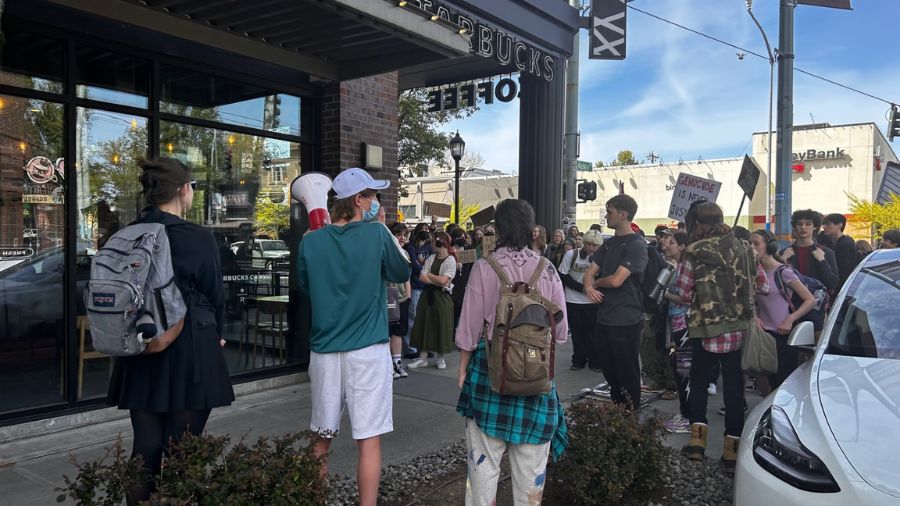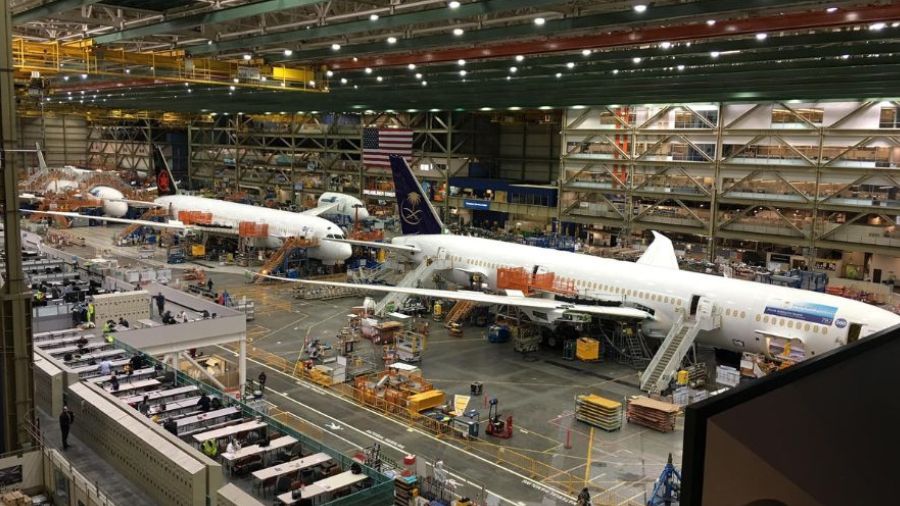How close is Washington state to using self-driving trucks?
May 17, 2019, 1:15 PM

(Stephen Brashear/Getty Images)
(Stephen Brashear/Getty Images)
Self driving trucks are coming — the only question is when. So, what are the risks and benefits, and when exactly can we expect them?
RELATED: I’d take a self-driving car over a Seattle driver
RELATED: The pros and cons of autonomous vehicles in Seattle
A meeting in Olympia looked to answer those queries, with undergrads taking part in the Slade Gorton Global Leaders program. The hope was to give students involved in these fields — and expected to be the one’s with the reins when we actually see self-driving trucks — a chance to ask questions, get an idea of what the issues are, and help frame a path forward.
UW Professor of Technology Law and Public Policy William Covington said the first thing to remember is there are varying levels of autonomous vehicles, the upper echelon of which are still largely out of reach.
“Level 5 automation vehicles are at this point aspirational,” said Covington. At Level 5, vehicles are fully autonomous, and function without manual intervention. We currently have yet to even reach Level 4.
That leaves us at the partial automation phase.
“It is possible to drive from here to Spokane, hands-free,” Covington described.
Right now, technology exists for trucks that can have them automatically slow down and speed up, or recognize and adjust lane shifts. But that’s also a lower level of automation, where a driver still needs to be in the vehicle.
So, when will we stop needing drivers altogether?
“When it comes to Level 4 and Level 5 autonomy, the experts are divided,” said Covington. “There are some who say we’ll have Level 4 by 2040. Daimler Trucks of North America said Level 4 could be here within 10 years.”
Planning for the near future
Possibilities being looked at for the immediate future include a sort of convoy technology, where a partially automated truck at the front acts as the leader, while a line of trucks behind it are programed to keep a safe distance, and react to the leader’s movements accordingly.
There’s already been successful testing of this done on California, Florida, and other states. This is also still a ways off, with experts saying it will likely arrive in waves.
Covington predicts that things will start with a driver in each truck. Once that proves successful, things could progress to just one driver in the front, and unmanned vehicles trailing behind.
The third wave would have unmanned trucks traversing highways, stopping at exits to pick up a driver who would maneuver trucks through complex downtown areas. The fourth, and final wave, is fully driver-less trucks.
While self-driving trucks would save money, and increase efficiency and productivity, the technology also has its drawbacks.
“One of the biggest burdens is safety — the technology is not perfected,” Covington pointed out. “It still has problems with adverse weather conditions. Infrastructure problems if we don’t have white lines in place, [and] oftentimes they can’t see human hand signals.”
“They say that the last 1 percent of developing a Level 5 autonomous vehicle will take more time than the first 99 percent,” he added.
No everyone shares the same concerns regarding safety, though.
“It’s safe, and it’s getting safer a lot faster than people thing — the perceptions are that this will be much, much safer than regular drivers,” said Bellevue Transportation Technology Manager Steve Marshall.
The trucking industry has a slightly different outlook for the technology could be used, hoping to keep its drivers involved at least in some way.
“Truck drivers could become much like airline pilots of today, fully driving the truck as it departs the terminal, and arrives at its destination, and engaging autopilot on the highway,” said Shari Call with the Washington Trucking Association.













